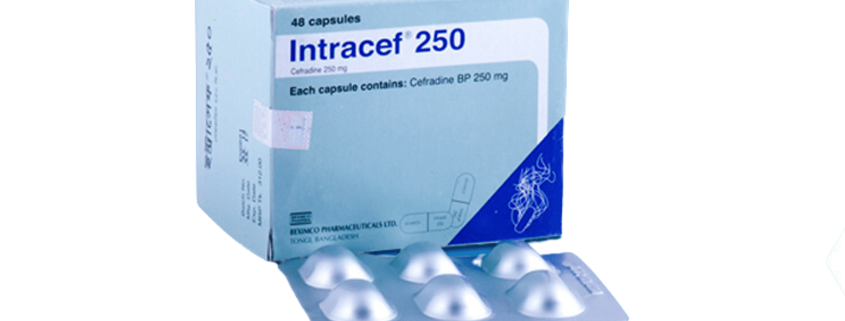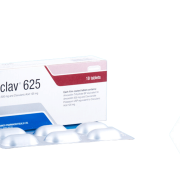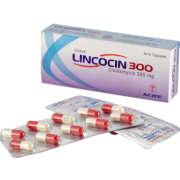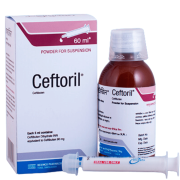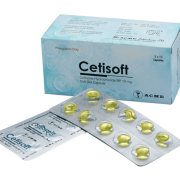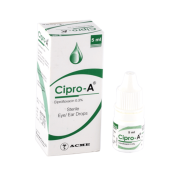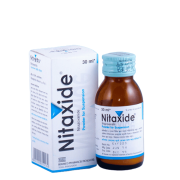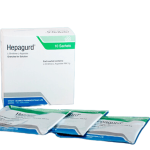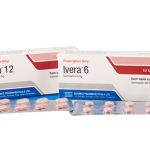Intracef
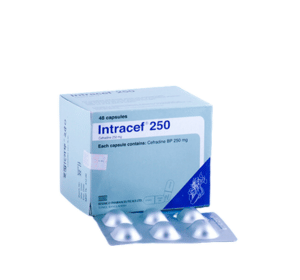
Generic Name: Cefradine
Dosage Form: Capsule, Suspension, Drops,DS Suspention, Injection
TG Name: Anti-infectives
1. What Intracef is and what it is used for (Mainly description as short form)?
Intracef contains Cefradine which is a semisynthetic first generation cephalosporin antibiotic that works in a similar way to penicillin by inhibiting bacterial cell wall synthesis.
2. Before you take Intracef?
Do not take this medicine and tell your doctor if:
Patients with known hypersensitivity to cephalosporin antibiotics.
3. Take special care with Intracef
Check with your doctor before taking this medicine if:
There is evidence of partial cross allergenicity between penicillins and the cephalosporins. Therefore Cefradine should be used with caution in patients with known hypersensitivity to penicillins.
4. Taking other medicines
The cephalosporins are potentially nephrotoxic (particularly Cephaloridine) and may enhance the nephrotoxicity of aminoglycoside antibiotics such as Gentamicin and Tobramycin. One should be cautious about the use of any cephalosporin with urosemide and Ethacrynic acid.
5. Pregnancy and breast-feeding
Pregnancy and lactation: No teratogenicity has been demonstrated in animals, but safety in pregnancy has not been established. Cefradine is excreted in breast milk and should be used with caution in lactating mothers.
6. How to take Intracef
Intracef may be given regardless of meals.
Adults: For urinary tract infections the usual dose is 500 mg four times daily or 1 g twice daily; severe or chronic infections may require larger dose. Prolonged intensive therapy is needed for complications such as prostatitis and epididymitis. For respiratory tract infections and skin and soft tissue infections the usual dose is 250 mg or 500 mg four times daily or 500 mg or 1g twice daily depending on the severity and site of infection.
Children: The usual dose is from 25 to 50 mg/kg/day total, given in two or four equally divided doses. For otitis media daily dose from 75 to 100 mg/kg body weight in divided doses every 6 to 12 hours are recommended. Maximum dose is 4 g per day.
Elderly: There are no specific dosage recommendations or precautions for use in the elderly except as with other drugs to monitor those patients with impaired renal or hepatic function.
Dosage in renal impairment:
A modified dosage schedule is necessary in patients with decreased renal function. Each patient should be considered individually; the following modified dosage schedule is recommended as a guideline, based on the creatinine clearance (ml/min/1.73m2). In adults, the initial loading dose is 750 mg of Intracef and the maintenance dose is 500 mg at the time intervals listed below:
Creatinine Clearance Time Interval
More than 20 ml/min 6-12 hours
15-19 ml/min 12-24 hours
10-14 ml/min 24-40 hours
5-9 ml/min 40-50 hours
Less than 5 ml/min 50-70 hours
Further modification of the dosage schedule may be necessary in children.
7. Possible side effects
Rarely Cefradine may induce hypersensitivity reaction, nausea, vomiting, diarrhoea, glossitis, heartburn, dizziness, abdominal pain, candidal overgrowth, vaginitis, urticaria, skin rashes, joint pain and oedema. As with other cephalosporins, mild transient eosinophilia, leucopenia and neutropenia, rarely positive direct Coombs’ test and pseudomembraneous colitis have been reported.
8. How to store Intracef?
Store in a cool and dry place, away from light. Keep out of reach of children.

